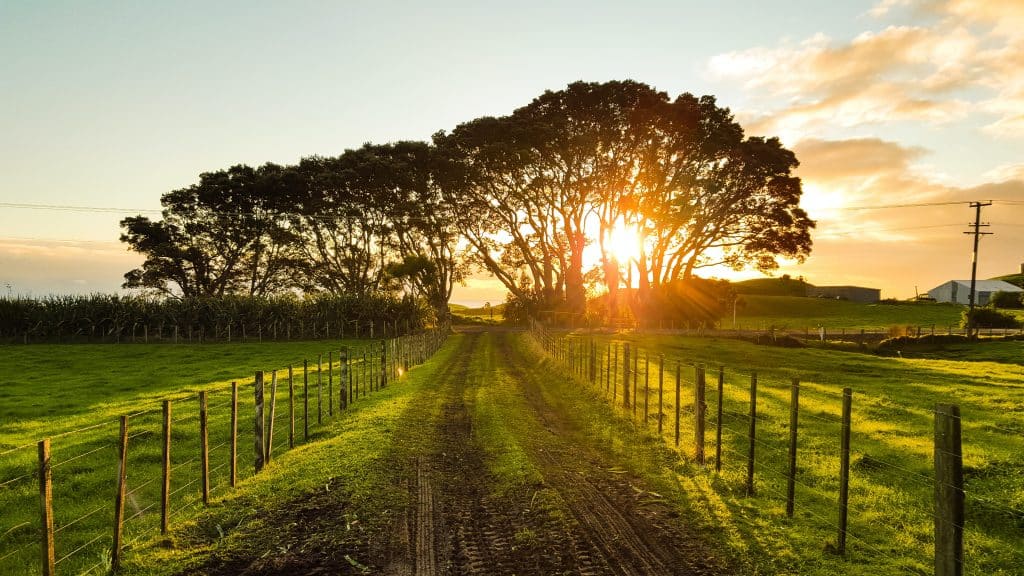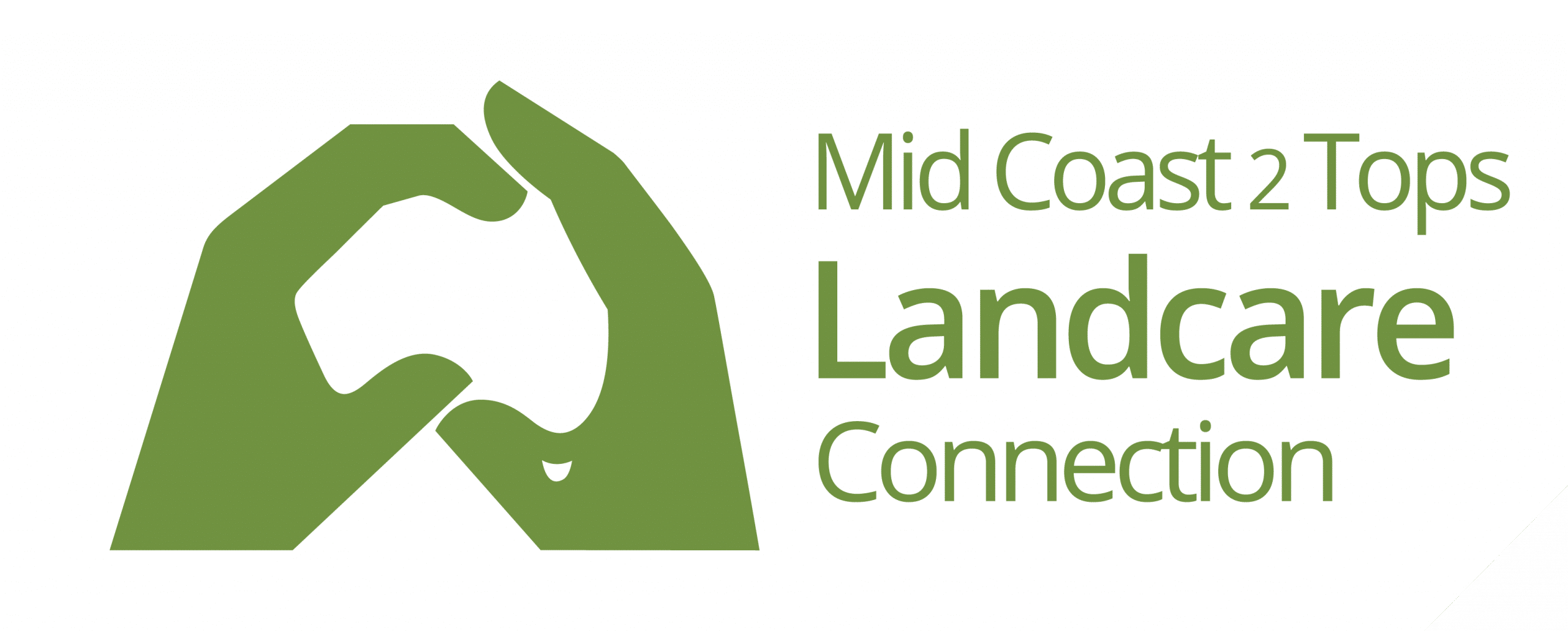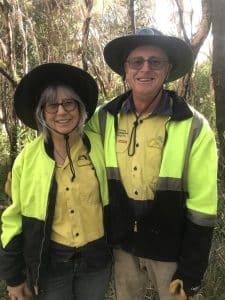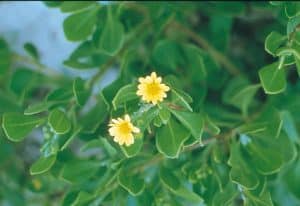
By Isabelle Strachan. Ecosystem resilience is the ability of an ecosystem to recover after disturbance. This recovery may be a natural process or one assisted by management actions. All natural ecosystems have some ability to recover from disturbance because they have evolved with the ever-present pressure of damage from natural disturbance events, such as storms, fire, flood, disease, and so on.
In order to plan and implement restoration activities on natural areas, it is important to understand the resilience of your site. This may be influenced by historical land use and disturbance, proximity to intact and healthy remnant vegetation, and ongoing land use. Documenting these impacts can inform your management, such as mitigating altered hydrology. Good planning will result in more successful restoration outcomes.
If the resilience of the site is overestimated, the recovery of the area will be slow, and may be disappointing to the practitioner. On the other hand, if resilience is underestimated, you may waste an enormous amount of time and resources in the purchase and installation of native seed or tubestock, and you may actually impact the capacity of the site to regenerate naturally.
The golden rule of natural area restoration is to retain native bushland areas in the first instance. Once any external pressure has been alleviated (e.g., grazing, slashing, timber extraction, erosion, water flow, etc.), monitor the site to see how it changes. You may be pleasantly surprised at how much native recruitment occurs, and with a little assistance (e.g., weed control), the area may regenerate largely on its own. Compare the vegetation on your site with an intact and healthy reference site that contains the same vegetation community in your locality. These reference sites are important in informing species diversity and long-term management actions, and may even influence the recovery on your site if they are close enough through the provision of seed and faunal corridors.
Resilience is not just about the native vegetation on the site, it is also about the integrity and functionality of the area. Our native fauna and soil biota play important roles in ecosystem processes. Habitat features, such as hollow-bearing trees, standing dead trees, retained fallen timber and leaf litter, rocky outcrops, water bodies, to name a few, are also integral to ecosystem function and health, and in turn, its ability to recover from disturbance and support biodiversity into the future.
The resilience of your site may also be impacted by neighbouring properties, in both positive and negative ways. For example, if your neighbour has a large tract of undisturbed native vegetation, this will provide genetic diversity to your property in the form of wind, water, and animal-borne seed, as well as connectivity for native fauna. However, if you are downstream from a nasty weed infestation, your creekline is threatened by weed invasion each time the creek flows, and more constantly if the weeds form bird-lollies (berries) or wind-borne seed. This means you will have to maintain a constant level of effort to ensure new infestations do not become established in your site. Working with neighbours in partnership for larger-scale restoration results is well worth the effort, and Landcare can support neighbour hubs to coordinate their efforts to best effect at a local level. Reach out to your local Landcare Coordinator for more information.
“The practice of ecological restoration seeks to transform humanity’s role from one where we are the agents of degradation to one where we act as conservators and healers of native ecosystems.”
‘Standards Reference Group SERA (2021) National Standards for the Practice of Ecological Restoration in Australia. Edition 2.2. Society for Ecological Restoration Australasia. Available from URL: www.seraustralasia.org.




